2013
Drug courts recognized as effective approach to improving justice system
Madison, Wisconsin - May 1, 2013
By Chief Justice Shirley S. Abrahamson
In celebrating May as National Drug Court Month, Wisconsin circuit courts will hold graduation ceremonies to recognize participants who have successfully completed rigorous drug court treatment programs.
These ceremonies mark not only tremendous accomplishments for the individual participants, but also for Wisconsin communities and the state court system as a whole. Drug courts and other problem-solving courts are rapidly being recognized for improving public safety, reducing recidivism, making a difference in individuals’ lives and improving the effectiveness of the criminal justice system.
National Drug Court Month, sponsored by the National Association of Drug Court Professionals (NADCP), provides an occasion to recognize the work of drug courts. In Wisconsin, we take the occasion to acknowledge the efforts of the county circuit courts and justice system stakeholders who make our drug treatment courts possible. Adding to the occasion this year, on April 26, Gov. Scott Walker officially proclaimed May as Drug Court Month in Wisconsin. I join the governor in recognizing many of the benefits of drug courts to Wisconsin communities, the criminal justice system and the people of the state.
The goal of drug treatment courts and other problem-solving courts is not only to improve public safety and reduce recidivism, but also to address the underlying issues that may contribute to an individual’s criminal behavior.
Treatment courts work across disciplines and with other government and private entities to deploy interventions that treat the offender while also holding them accountable for criminal actions. Other problem-solving courts include veteran, mental health, juvenile, domestic violence, and reentry courts.
Treatment courts involve collaborative work of nearly all the stakeholders in the criminal justice system, from law enforcement and prosecutors to judges, defense attorneys and treatment providers, as well as probation and parole agents and the public. Support also comes from county boards and the state court system. With the assistance of grants, the state court system now provides a statewide problem-solving court coordinator.
The National Association of Drug Court Professionals estimates there are approximately 2,700 drug courts nationwide in which more than 135,000 persons participate on an annual basis. Two decades ago, Wisconsin had no drug courts. Today, there are 57 problem-solving court programs in 38 counties.
The following counties have one or more problem-solving court program: Ashland, Barron, Bayfield, Brown, Burnett, Chippewa, Dane, Dodge, Douglas, Dunn, Eau Claire, Grant, Iron, Jackson, Jefferson, Kenosha, La Crosse, Marathon, Marquette, Milwaukee, Monroe, Outagamie, Pierce, Polk, Price, Racine, Rock, Sawyer, Sheboygan, St. Croix, Taylor, Trempealeau, Vernon, Walworth, Washburn, Waukesha, Winnebago, and Wood.
Please join me during May in visiting your county courts and in celebrating the joint efforts of circuit courts and local justice system partners to improve the effectiveness of our courts for individuals, counties and the state.

